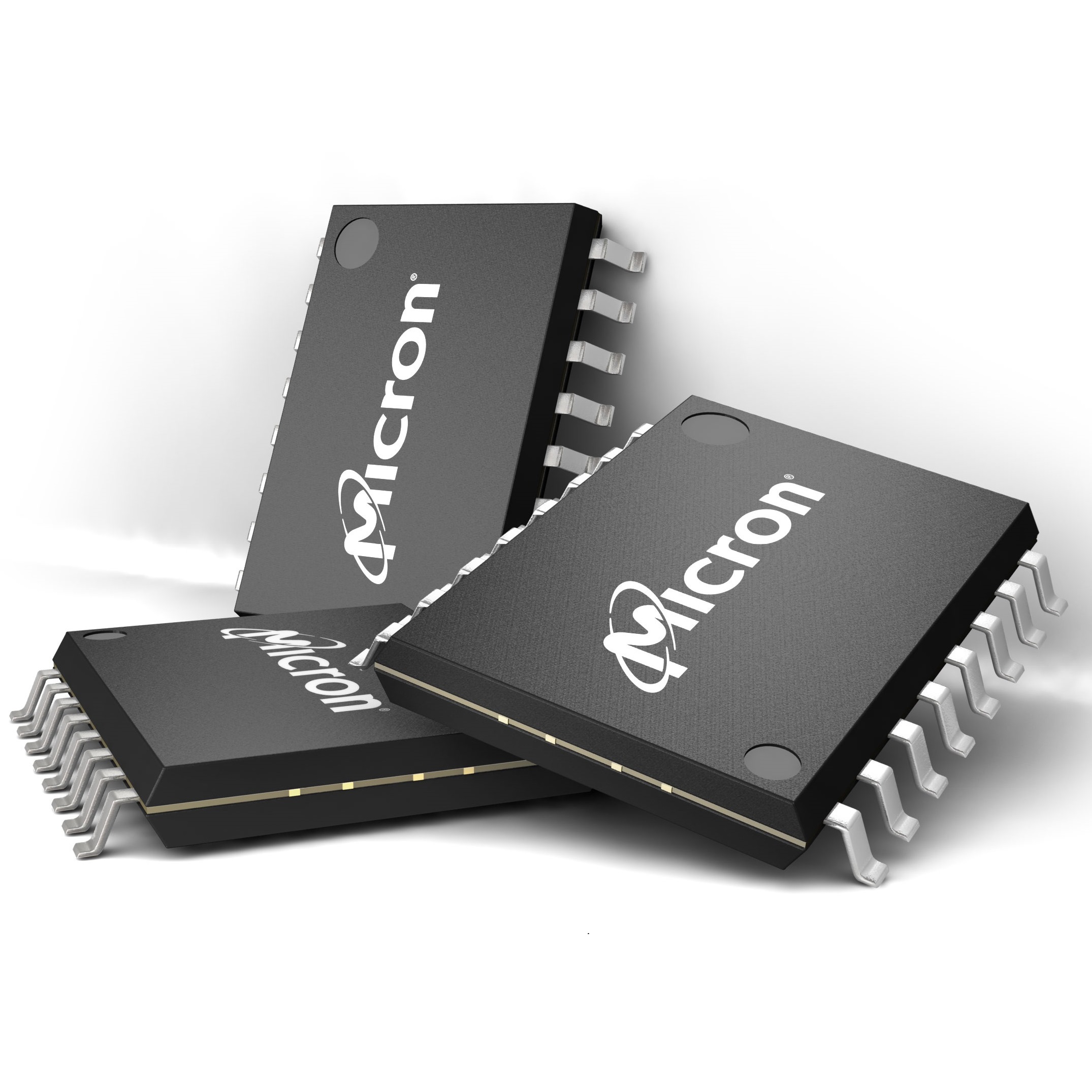

Shares of Micron Technology Inc. (NASDAQ: MU) have been in recovery mode. Much of the gain comes from expectations rather than from proven major recovery. That is what often happens in turnaround stocks. Investors need to recall that the stock market often discounts turnaround news for 12 months, or even out to a range of 18 to 24 months in some cases.
Micron shares traded lower on Friday, but that was after a 5% gain since the end of August. The week of September 9 was dominated by Micron signaling improving demand and that its fourth-quarter revenues and margins were trending from the midpoint to the upper-end of its previous guidance — and that its 2016 non-GAAP earnings per share (EPS) was in positive territory.
To show just how much of a recovery is being priced in here, Micron shares have risen 60% over the past six months. Now it is indicating sustained momentum going into its fiscal first quarter. Prices have firmed for both DRAM and NAND chips after a major demand slump.
24/7 Wall St. has been unable to ignore that the analyst trend has been on a recovery path along with Micron’s own share price recovery. We also would be quick to point out that many of these same analysts defended Micron while its share price was cratering in the prior cycle.
Thomson Reuters shows exactly how much the consensus analyst price target has risen of late: from $14.00 just 90 days ago, to $15.39 just 60 days ago, to $15.71 just a month ago. Now the consensus price target is up to $18.20.
Several analyst calls were issued late in the week of September 9 and in prior days and weeks. These have been covered individually, some with more detail than others.
Friday’s research report summaries showed the following price target hikes:
- Barclays maintained its Overweight rating but raised its price target to $19 from $14.
- JPMorgan maintained its Overweight rating and raised its price target to $20 from $15.
- UBS maintained its Buy rating and raised its target price to $20 from $17.
On September 8, Credit Suisse maintained its Outperform rating and reiterated its own $20 price target. The firm’s report pointed out everything that is going well:
In addition, now Micron also expects pricing momentum to continue into the first quarter of Fiscal Year 2017 and, per our analysis, should pricing remain flat we see 20-cents to 25-cents of upside to Street (consensus estimate) at $0.04. Relative to trends, Micron noted: its key mobile customer qualifications have been completed, average selling prices have improved, demand continues to be robust (PC stable), inventory is lean, and industry supply is slowing.
On September 6, Morgan Stanley reiterated its Overweight rating and raised the target price to $20 from $18. It said at that time:
We still like Micron stock, but with the recent rally we’d argue the stock discounts significant improvement in commodity pricing. Upside from here will come from execution improvement around 2 key manufacturing transitions, which we expect over the next year.
On September 3, S&P Global maintained its Hold rating and kept its $13 price target.
Even on September 1, Cowen maintained its Outperform rating and raised its target price to $19 from $15 based on solid price trends.
On August 29, Stifel reiterated its Buy rating and raised its price target to $18 from $15.
On August 28, Deutsche Bank reiterated its Buy rating and raised its target price to $20 from $15. That report said:
The DRAM market has shown an encouraging turnaround in the past two months, driven by the combination of disciplined industry capex, product mix optimization and stronger-than-expected PC/smartphone demand. Amid these tailwinds, Micron also seems to be executing well on its product roadmaps, driving more competitive cost structure and allowing it to regain share.
On August 22, Mizuho reiterated its Buy rating and raised its price target to $20 from $16.
As far as Micron’s formal earnings and revenue estimates, these should show how the decline has been there and how the recovery ahead is expected to wipe out the sales decline that was seen in 2016. After revenue fell from $16.39 billion in 2014 to $16.19 billion in 2015, the consensus estimates from Thomson Reuters are calling for 2016 revenues of $12.28 billion, followed by $13.77 billion in 2017 and then back up to $15.3 billion in 2018.
Last year’s EPS were $2.69, and that is expected to be −$0.03 in 2016, followed by $0.63 in 2017 and $1.54 in 2018.
Micron’s earnings report will be released on Tuesday, October 4, 2016. At that point, we likely will know where Micron’s longer term view and stance will be as 2017 nears.
Micron shares closed trading at $16.81 on Friday, with a 52-week range of $9.31 to $19.30. One reason that Micron is so closely watched is that the prior recovery wave drove Micron shares from under $10 in early 2013 to well above $30 by mid-2014.
Micron’s shares were last seen up 23% so far in 2016, versus 24% for the key exchange traded fund (ETF) tracking the semiconductor segment. Its shares were up 60% in the past six months, versus 26% for the ETF. Micron’s gains for the past month are 20%, versus 2.5% for the ETF.
Sponsored: Find a Qualified Financial Advisor
Finding a qualified financial advisor doesn’t have to be hard. SmartAsset’s free tool matches you with up to 3 fiduciary financial advisors in your area in 5 minutes. Each advisor has been vetted by SmartAsset and is held to a fiduciary standard to act in your best interests. If you’re ready to be matched with local advisors that can help you achieve your financial goals, get started now.
Thank you for reading! Have some feedback for us?
Contact the 24/7 Wall St. editorial team.



